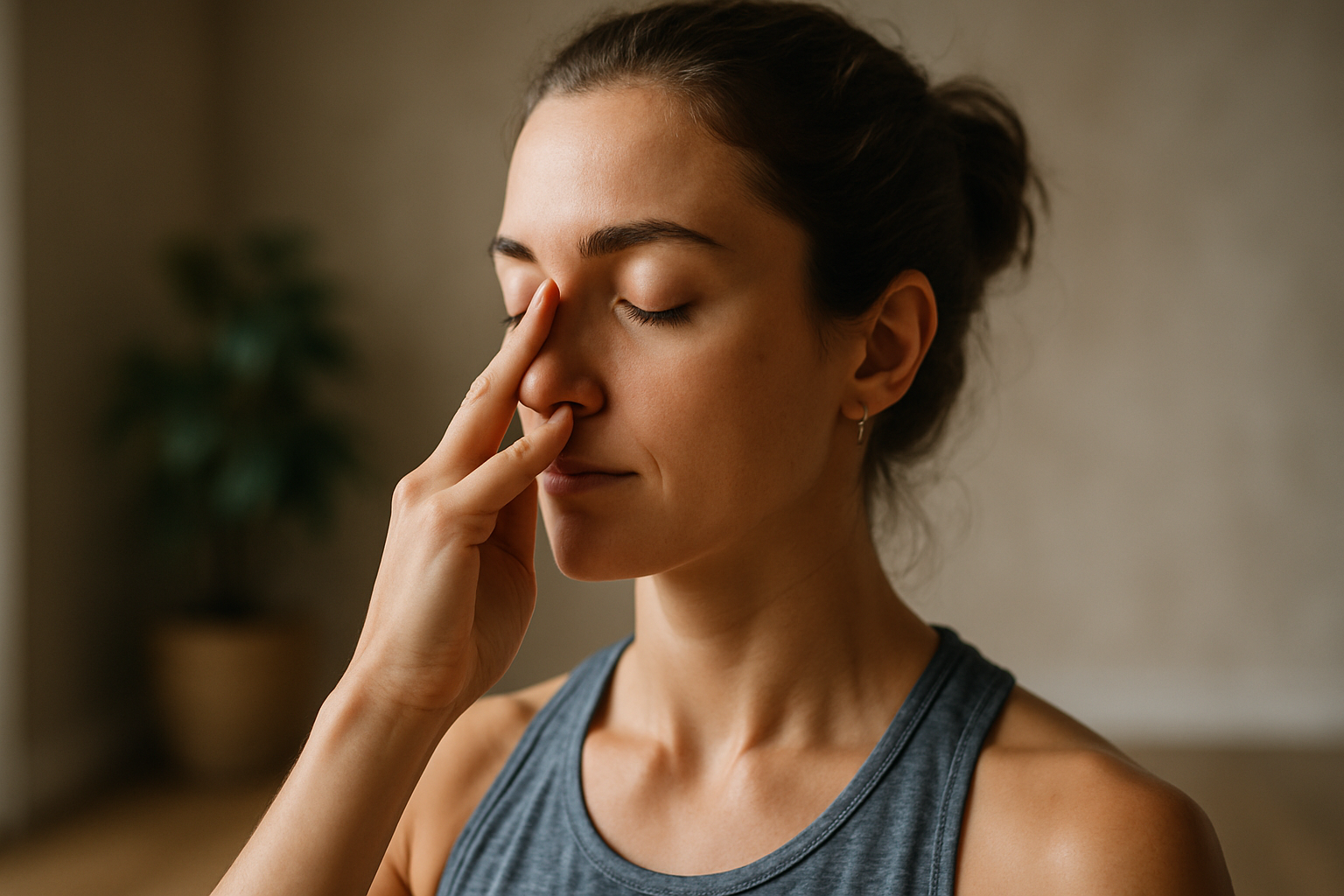Simple Breathing Methods for Immediate Stress Relief
Breathing methods offer fast, practical ways to reduce tension and calm the nervous system. Techniques like diaphragmatic breathing, box breathing, and paced breathing can be practiced anywhere and require only a few minutes. This overview describes simple steps, how to integrate breathing into daily self care, and how these practices relate to mental health, sleep, and resilience.

Diaphragmatic breathing and other simple techniques can provide immediate relief when stress flares. A brief, focused breathing break interrupts the body’s stress response, lowers heart rate, and helps clear the mind. These exercises are portable, require no equipment, and can be adapted to short pauses during the day. Used consistently, they support broader stress management efforts and help maintain emotional balance while you address routines, nutrition, sleep, and boundaries.
Breathing and stress management
Diaphragmatic breathing or belly breathing is an accessible method for stress management. Sit or lie comfortably, place one hand on your chest and the other on your abdomen, inhale slowly through the nose so the abdomen rises more than the chest, then exhale gently through pursed lips. Repeat for five to ten breaths to reduce tension. Another simple pattern is box breathing: inhale for four counts, hold four, exhale four, hold four. These patterns help regulate the autonomic nervous system and can be used during work breaks or before demanding conversations.
How breathing supports mental health and resilience
Breathing exercises influence the physiological systems linked to mood and stress. Slow, controlled breathing increases vagal tone, which supports emotional regulation and resilience. Short daily sessions—two to five minutes each—can make it easier to recover from stressful episodes and reduce the accumulation of chronic stress. Pairing breathing with reflective practices or journaling can reveal triggers and support mental health by improving awareness of patterns that lead to overwhelm.
Mindfulness and breathing for focus
Mindful breathing anchors attention to the present moment and reduces mental chatter. A basic mindful-breath practice involves noticing the sensations of inhalation and exhalation, gently returning attention to the breath when the mind wanders. This practice enhances focus and reduces reactivity, making it useful before tasks that require concentration. Integrating brief mindful breathing into routines—such as before starting work or during transitions—can improve cognitive clarity and support consistent habits for better daily performance.
Breathing, sleep, and self care
Paced breathing in the period before bed helps lower physiological arousal and supports sleep onset. Techniques that slow breathing to about four to six breaths per minute promote relaxation. Combine breathing with a consistent evening routine, limited screen exposure, and attention to nutrition earlier in the day to create conditions conducive to restorative sleep. As part of self care, short breathing sessions after work or before bedtime can signal the body to shift from active mode to rest mode, improving sleep quality over time.
Habits, routines, and mood tracking
Embedding breathing practices into daily habits makes them easier to maintain. Start with small routines: two minutes of breathing after morning hygiene, a three-breath reset before meetings, or a short session after exercise. Use mood tracking to note how breathing affects energy, irritability, and focus; this feedback helps refine practice frequency and timing. Small, consistent changes in routines encourage habit formation and provide measurable insight into how breathing supports overall wellbeing.
Boundaries, nutrition, and burnout
Breathing techniques are immediate tools to relieve acute stress, but they work best alongside other supports. Clear boundaries at work and in relationships reduce chronic strain, while balanced nutrition and regular movement build physiological resilience. When signs of burnout appear—persistent exhaustion, detachment, or reduced performance—breathing can offer short-term relief, but addressing workload, rest, and social support is essential for recovery. Use breathing as one element in a broader plan to protect health and sustain performance.
This article is for informational purposes only and should not be considered medical advice. Please consult a qualified healthcare professional for personalized guidance and treatment.
Simple breathing methods are practical, low-cost tools that support relaxation, improved focus, and quicker recovery from stress. By learning a few techniques and placing them within daily routines—paired with attention to sleep, nutrition, and healthy boundaries—you can strengthen resilience and reduce the impact of stressful moments without complex resources. Over time, consistent practice helps these methods become reliable responses to everyday pressure.





